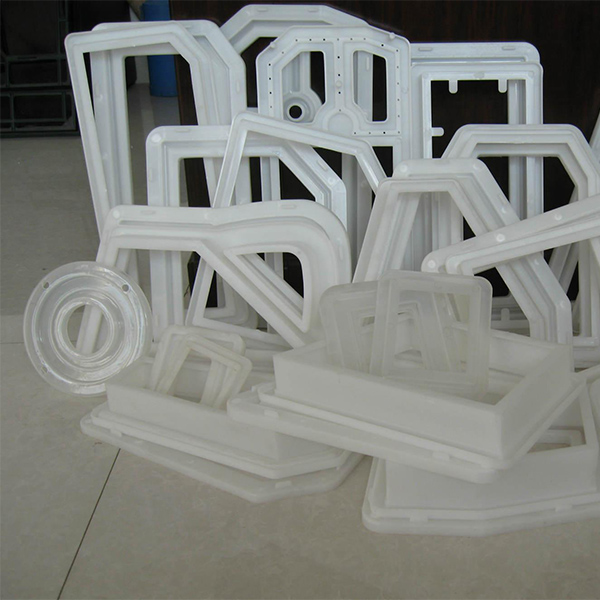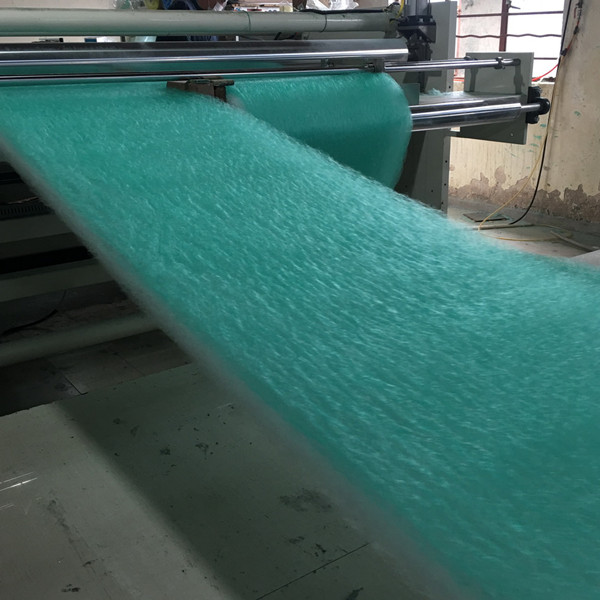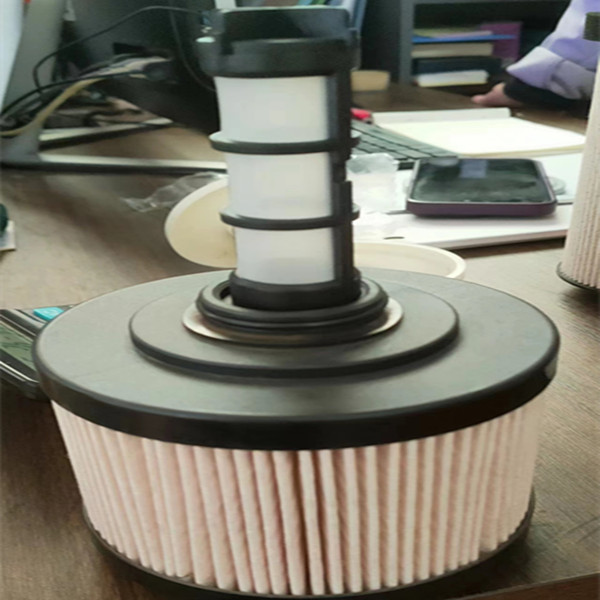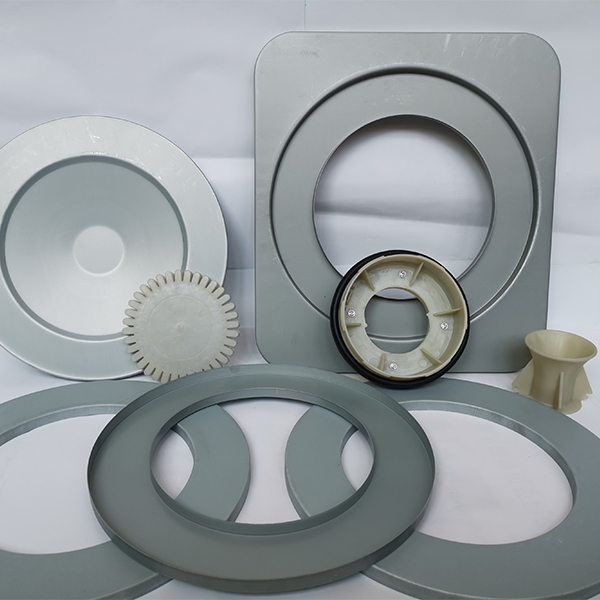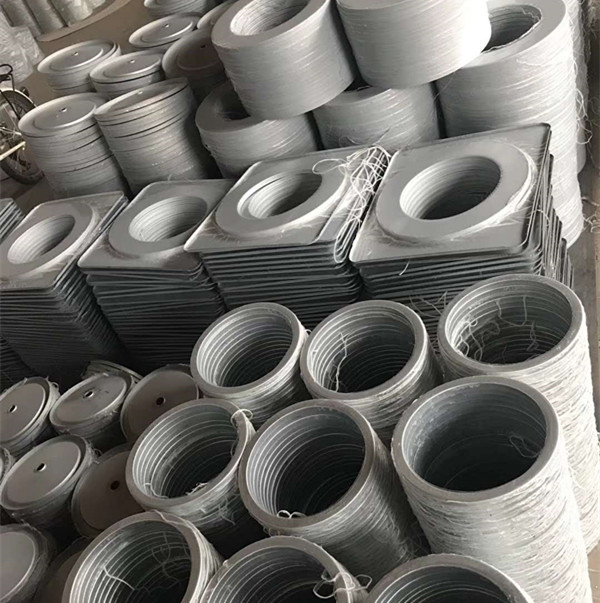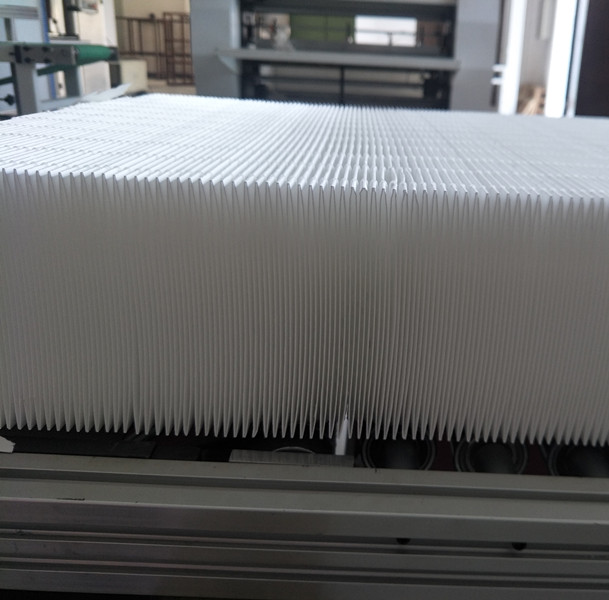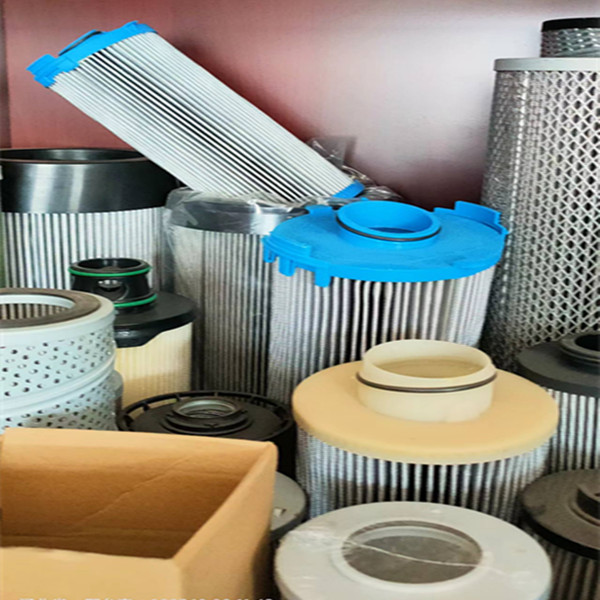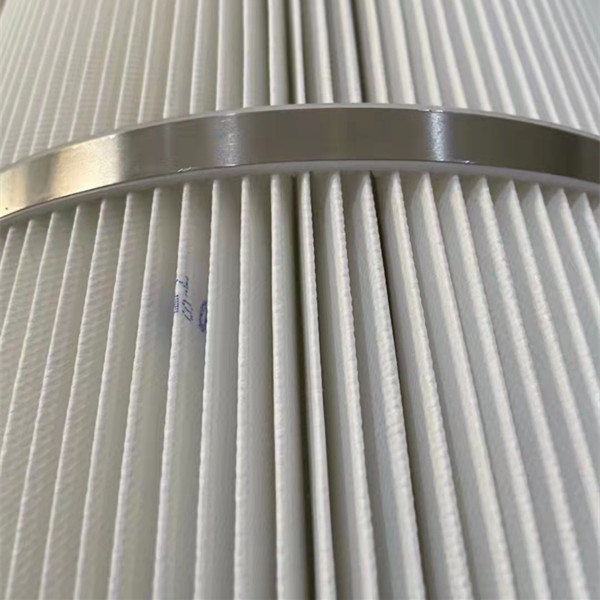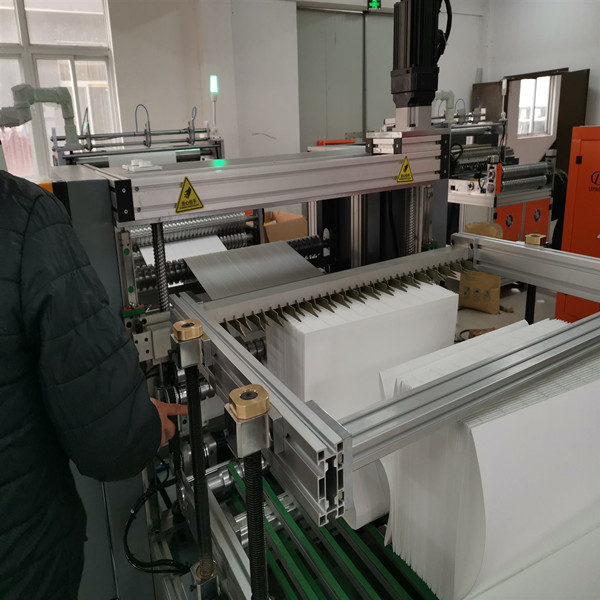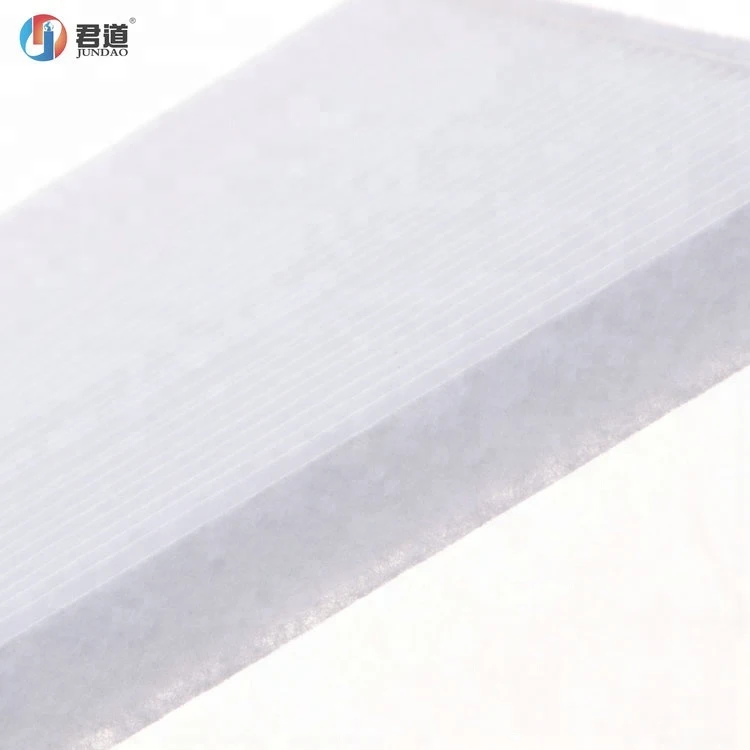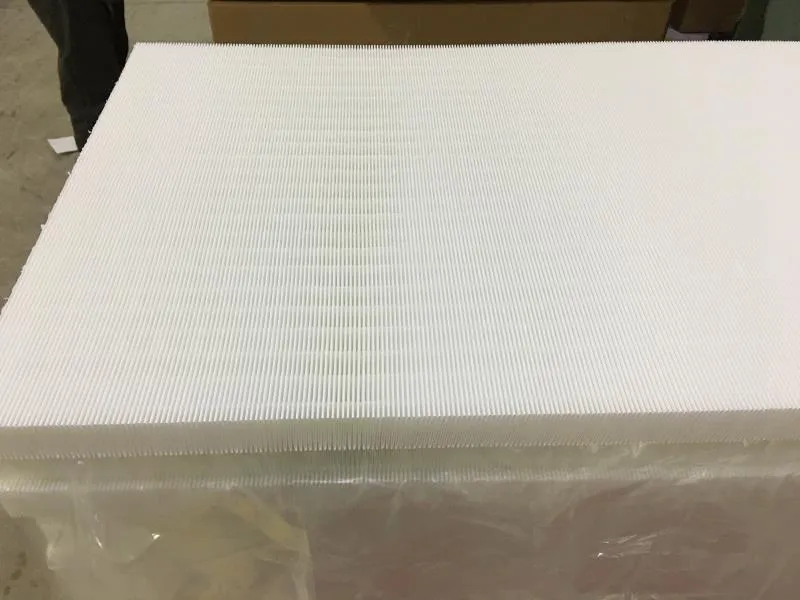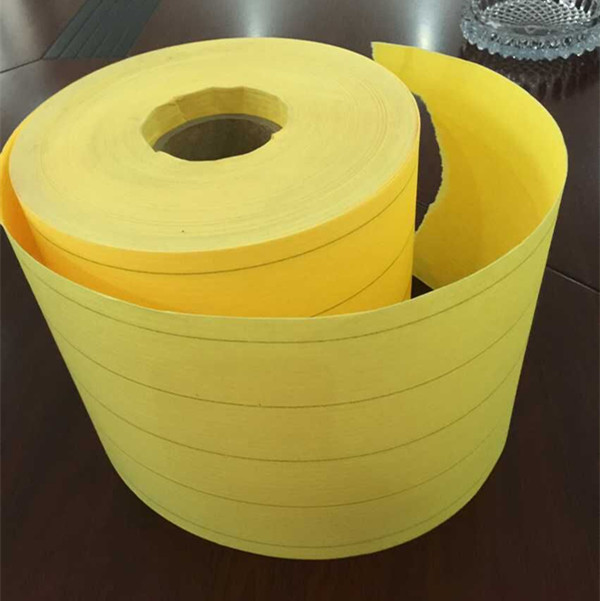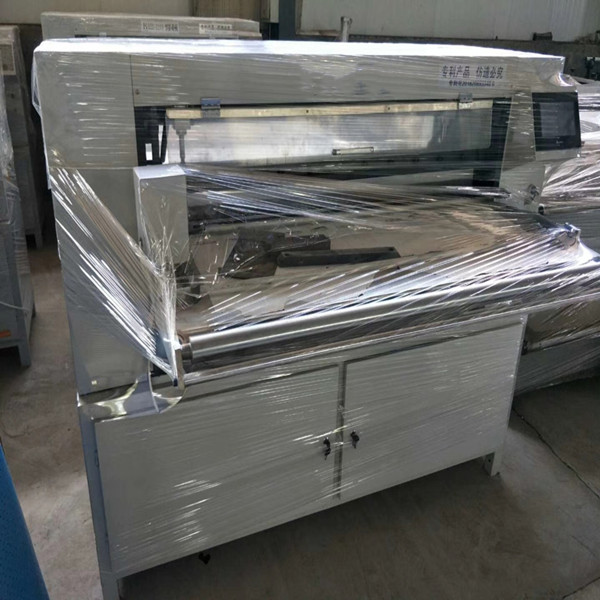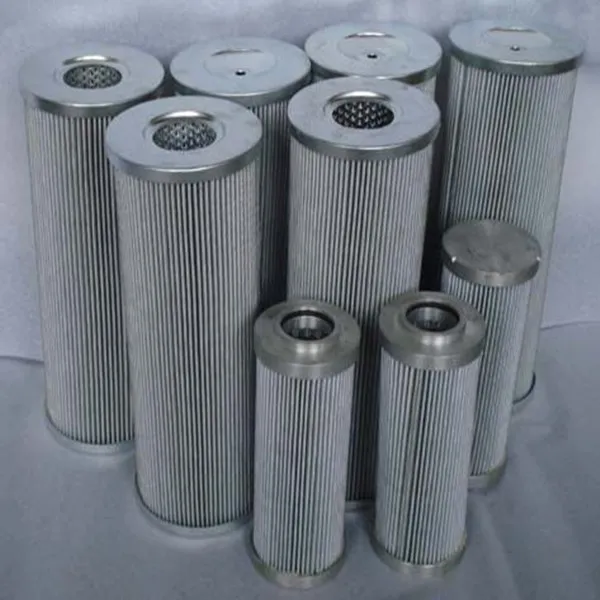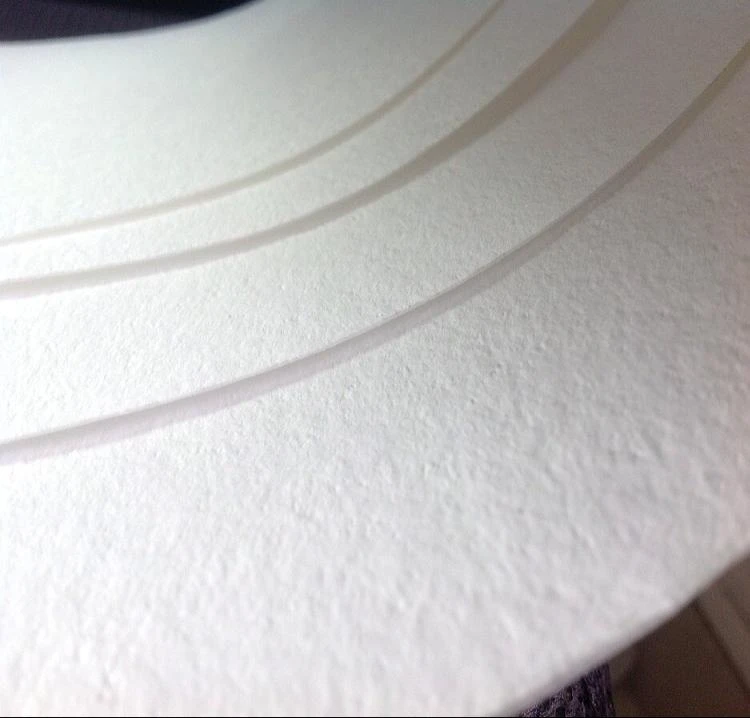ການຂົນສົ່ງສາທາລະນະໄດ້ກາຍເປັນສະຖານທີ່ອັນຕະລາຍທີ່ເຊື່ອງໄວ້ໃຫມ່ສໍາລັບການຕິດເຊື້ອໂຣກປອດບວມໃນມົງກຸດ, ແລະຄວາມສ່ຽງຕໍ່ການຕິດເຊື້ອແມ່ນສູງ. ມີຫຼາຍກໍລະນີຂອງການສົ່ງຕໍ່ແລະພະຍາດທີ່ເກີດຈາກການຂົນສົ່ງລົດເມ, taxi, ແລະລົດໄຟໃຕ້ດິນ. ໃນໄລຍະການປ້ອງກັນແລະຄວບຄຸມການລະບາດ, ນອກເຫນືອຈາກການເສີມສ້າງຄວາມເຂັ້ມແຂງໃນການປ້ອງກັນການລະບາດແລະການຄຸ້ມຄອງການຄວບຄຸມໃນຂົງເຂດການຂົນສົ່ງ (ເຊັ່ນ: ບ່ອນນັ່ງ, ຫຼຸດຜ່ອນການຂາຍປີ້, ແລະອື່ນໆ), ແລະຫຼຸດຜ່ອນຄວາມສ່ຽງຕໍ່ການຕິດເຊື້ອໄວຣັດໃນການຂົນສົ່ງສາທາລະນະ, ການຂັບລົດໄດ້ກາຍເປັນວິທີທີ່ປອດໄພທີ່ສຸດໃນການເດີນທາງ.
ແຕ່ມັນເປັນເລື່ອງໂງ່ແທ້ໆທີ່ຈະເດີນທາງດ້ວຍລົດ?
ຄວາມຈິງແລ້ວ, ເຖິງແມ່ນວ່າການຂັບຂີ່ລົດສ່ວນຕົວສາມາດຫຼຸດຜ່ອນຄວາມເປັນໄປໄດ້ຂອງການຕິດຕໍ່ກັບຄົນເຈັບທີ່ເປັນໂຣກປອດບວມໃນເສັ້ນເລືອດໃຫມ່, ເມື່ອປຽບທຽບກັບລົດໄຟໃຕ້ດິນແລະລົດເມ, ແຕ່ຍ້ອນວ່າລົດເອງເປັນສະພາບແວດລ້ອມທີ່ປິດ, ເມື່ອຜູ້ໂດຍສານມີຜູ້ຕິດເຊື້ອ, ທ່ານອາດຈະຕິດເຊື້ອ. ການຮ່ວມເພດຍັງເພີ່ມຂຶ້ນຢ່າງຫຼວງຫຼາຍ. ດັ່ງນັ້ນ, ເຖິງແມ່ນວ່າການຂັບລົດແມ່ນຮູບແບບການຂົນສົ່ງທີ່ປອດໄພທີ່ສຸດໃນລະດັບໃດຫນຶ່ງ, ພວກເຮົາບໍ່ຄວນລະເລີຍມາດຕະການປ້ອງກັນທີ່ຈໍາເປັນໃນເວລາຂັບຂີ່ຍານພາຫະນະ. ນອກຈາກມາດຕະການຄວາມປອດໄພທີ່ໄດ້ກ່າວມານີ້, ພວກເຮົາຍັງຕ້ອງຫຼຸດຜ່ອນການຕິດຕໍ່ໃກ້ຊິດແລະຮັກສາການໃສ່ຫນ້າກາກ. ວິທີການແກ້ໄຂບັນຫາການເພີ່ມຄວາມເປັນໄປໄດ້ຂອງການສົ່ງຕໍ່ທາງອາກາດຂອງເຊື້ອໄວຣັສໃນສະພາບແວດລ້ອມລົດທີ່ປິດຈາກແຫຼ່ງແມ່ນມີມູນຄ່າການຂຸດຄົ້ນຫຼາຍກວ່າເກົ່າ, ເພາະວ່ານີ້ບໍ່ແມ່ນພຽງແຕ່ໃນໄລຍະການລະບາດ. ພວກເຮົາຈໍາເປັນຕ້ອງພິຈາລະນາມາດຕະການຄວາມປອດໄພ. ນອກຈາກການແຜ່ລະບາດ, ຄຸນນະພາບອາກາດພາຍໃນເຮືອນຂອງລົດແມ່ນກ່ຽວຂ້ອງຢ່າງໃກ້ຊິດກັບສຸຂະພາບແລະຄວາມສະດວກສະບາຍຂອງພວກເຮົາ.
How to improve the air quality in the car? In-car air quality has always been the focus of consumers’ attention. The new car quality research (IQS) report of the world’s authoritative research organization J.D. Power shows that car interior odor has become the first dissatisfaction in the Chinese market for many years. The main factors affecting air safety in the car are: 1. Air pollution outside the car. Car exhaust, PM2.5, pollen and other harmful suspended particles sneak into the car through the car window or air conditioning system. 2. Interior materials. There are a large number of non-metallic parts that are easy to volatilize in the car, such as plastic door panels, leather seats, and damping panels. There are 8 common volatile organic compounds in vehicles, and clear limits are given for these 8 substances in the national standard GB/T 27630-2011 “Guidelines for Air Quality Evaluation of Passenger Cars”. Serial number project Restriction requirements (mg/m³)
1 benzene ≤0.11
2 Toluene ≤1.10
3 Xylene ≤1.50
4 Ethylbenzene ≤1.50
5 Styrene ≤0.26
6 formaldehyde ≤0.10
7 Acetaldehyde ≤0.05
8 Acrolein ≤0.05
In order to solve the peculiar smell in the car and improve the air safety in the car, it is necessary to increase the cycle purification link in the closed car environment, and there is no doubt that the car air conditioning filter has become an important responsibility. The car air conditioner provides the original power for the exchange of indoor and outdoor air, but in order to satisfy the purification of the indoor circulating air, the outdoor air enters the car after being filtered. The filter becomes an essential artifact for the car owner! The small body shows great power, creating a safe and reliable space in the car, allowing car owners to enjoy healthy breathing at all times. Editor’s reminder: In order to avoid secondary pollution of the car air conditioner filter, generally speaking, it should be replaced after two to three months of use (the specific replacement frequency can be considered according to the actual frequency of use)

